
Price Trends
Matt Langworthy, Analsyt for Argus Media, assesses price trends and the market outlook for sulphur.

Matt Langworthy, Analsyt for Argus Media, assesses price trends and the market outlook for sulphur.

Market Insight courtesy of Argus Media
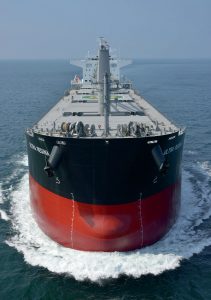
With around 90 percent of global trade requiring sea transport, shipping remains the life blood of the world economy. Intercontinental trade, the bulk transport of raw materials, and the import/export of food and manufactured goods all rely on affordable and effective shipping.
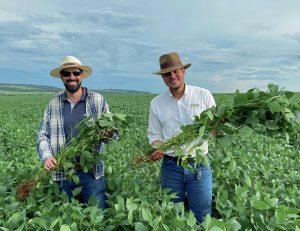
The polyhalite product POLY4 offers a balanced and sustained supply of essential plant nutrients throughout the crop cycle – making it a highly-attractive, natural, multinutrient option for soybean fertilization. Lino Furia, Valter Asami, and Reinaldo Bello of Anglo American Crop Nutrients outline its many crop benefits.
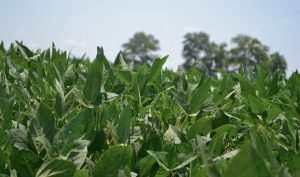
More than 330 million tonnes of soybean are grown globally every year and processed to yield oil and meal, a major source of animal protein. Its cultivation in Brazil, the US and other countries requires large applications of potash and phosphate. The nutrient needs of this major oilseed crop are reviewed.
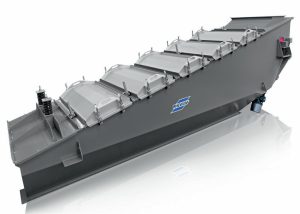
Recent innovations in fertilizer granulation include thyssenkrupp’s new process for premium ammonium sulphate production. Eirich has launched new equipment for NPK granulation, while Rhewum is also offering new screening technology.

Brazil’s phosphate industry is on a growth dash to meet rising domestic demand. We report on the major acquisitions, investments and expansions by CMOC, Mosaic, Yara and Itafos.

Across all the world’s major soybean-producing regions, more and more farmers are now choosing to include Polysulphate in their soybean fertilization strategies. Patricia Imas, ICL’s chief agronomist, explains how this new product benefits both crop yield and quality.
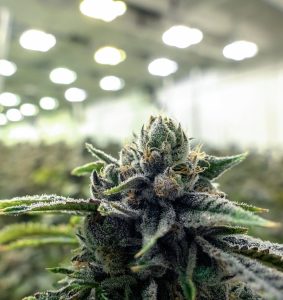
The commercial production of cannabis for medicinal purposes is expanding rapidly. This burgeoning market is opening up new opportunities for growers and fertilizer producers alike. Avishai Schneider , market development agronomist at Haifa Group, offers his advice for successful fertilization of this sensitive and difficult to grow crop.

Market Insight courtesy of Argus Media